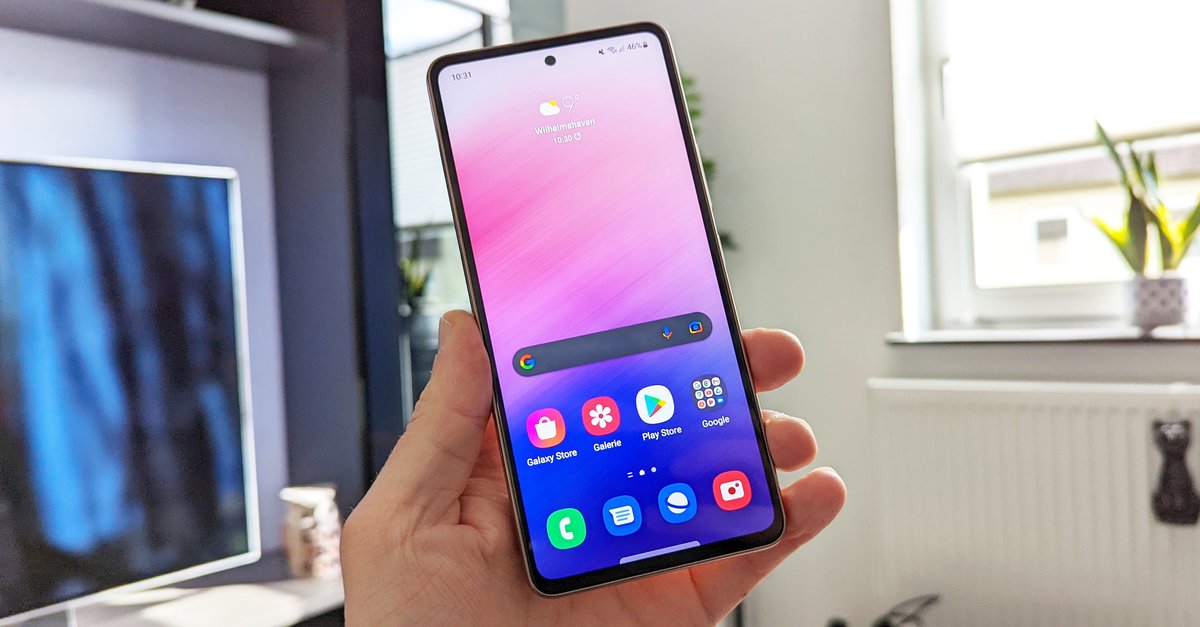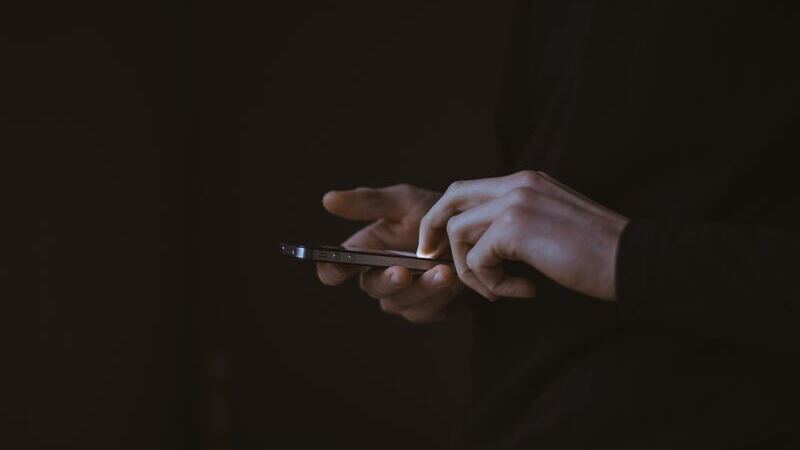Gmail introduces verified brand logos – for more security and visibility
The underlying BIMI standard is, so to speak, a blue tick for brands that rely on email marketing.
Almost exactly a year ago, Google announced that it would bring the BIMI (Brand Indicators for Message Identification) standard to its G-Suite. The feature will finally be activated in the coming weeks. Senders who authenticate their e-mails according to the standard are then displayed in the inbox with their brand logo.
Like google writes in a blog post, the support of BIMI is an important step in order to give the users more trust in the senders of e-mails. This is intended to minimize phishing attacks through disguised e-mail addresses that contain false payment requests from PayPal or requests to change the password.
BIMI is a standard that has been developed and promoted in recent years by companies such as Mailchimp, Verizon, Google and the security company Proofpoint. It supplements existing specifications such as DMARC with the option of not only verifying e-mail addresses, but also logos, which are then also displayed in the inbox if the mail provider or the mail program supports it. What the blue tick is for Twitter, BIMI wants to be for e-mail.
(Photo: Google)
Like other email authentication standards, it is at BIMI in Core around a text file. This text file has a specific format and is located on the Servers of the transmitter. When a message is delivered, the e-mail service searches der Receiver:in after the BIMI text file – and where it is hosted – to ensure the message can be verified. Then the BIMI file with where the Trademarkogo of the sender can be found.
There are alternatives, also from Germany
To set up the standard, brands need some experience with email authentication and setting up DMARC, as well as the Sender Policy Framework (SPF) or Domain Keys Identified Mail (DKIM). A Instructions are available on the working group’s website or in Third party tutorials.
Is the facility worth it for brands? According to Google, yes: The recipients can be sure that the emails with the logo are authentic, and companies get better visibility in the inbox. After all, individual logos immediately catch the eye. As mentioned, they are only displayed if the mail program supports the standard. But now that Gmail is by far the largest e-mail provider on board, other providers could soon consequences.
However, there is also competition, because the BIMI approach is not completely new: In Germany, for example, United Internet Media has been offering a logo program for brand owners with trustedDialog for several years, which is supported by 1 & 1, GMX and Deutsche Telekom. It remains to be seen whether they will therefore open up to another, free standard.


